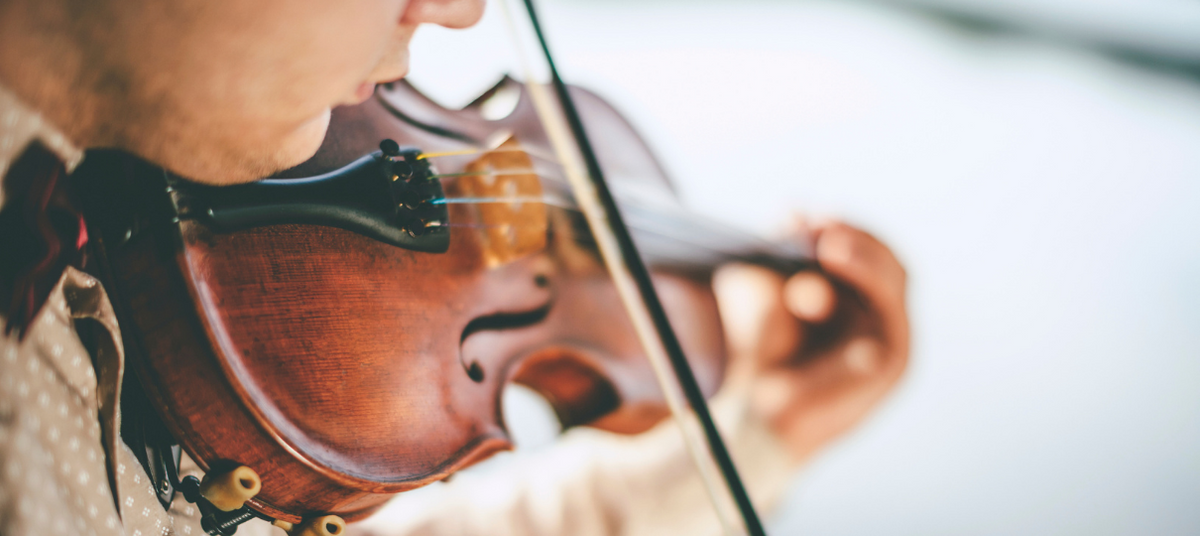
Two in three surveyed U.S. adults said they’ve learned to play a musical instrument at least once. This includes the wooden chordophone violin, also known as a fiddle.
A violin, after all, is a versatile instrument that works well with many genres. From classical music to indie folk and rock, the tangible notes of a fiddle fit them all and more. So, it’s also no wonder that 16% of polled would-be parents prefer their kids to play this instrument.
But what if you’re already an adult interested in playing the violin? Is it too late to learn?
No, it’s not, and we’re here to share tips to help you learn the violin and, hopefully, play like a pro in the future.
1. Consider Renting Your First Violin
Even beginner types of violins for adults can cost hundreds of to a few thousand dollars. On the other hand, renting them may only cost you $50 or under per month.
So as a beginner, renting a violin to learn and train with can be more practical than buying one outright. This also helps keep you from spending so much on an instrument only to realize you’d want to play another.
2. Learn From a Mentor
The violin is one of the most difficult-to-play musical instruments, much less master. It requires good posture, arm and finger placement, and coordination.
Also, violins are fretless, unlike other stringed instruments such as guitars and ukuleles. Therefore, playing them well requires precision.
So once you’ve committed to learning the violin, your next best step is to start looking for a mentor. You can find one at a nearby musical arts center, music store, or school. Your local orchestra violinist may even be willing to teach you.
3. Invest in a Metronome
A metronome is a device that creates a clicking sound at a regular time interval. You can set its speed based on beats per second. Practicing with a metronome can help you control, improve, and master violin tempos.
4. Practice Daily
No matter how incredible your mentor is, it won’t matter if you don’t practice what you learn from them.
As per the forgetting curve hypothesis, people forget 75% of what they learn if they don’t try to retain it. Even more interesting is that much of the loss occurs within the first hour from the time of learning.
So, immediately after violin class, practice what you learned for at least 30 minutes at home. If you have more time, a one-hour practice is even better. Also, make it a habit to train at least five days a week.
Aside from what you learn in class, you should also practice some easy songs to play on the violin. These include Ode to Joy, Amazing Grace, and the William Tell Overture.
Have Fun Playing the Violin
Since playing the violin is difficult, being able to do it well is very impressive. Most importantly, it’s fun, and mastering it can be one of the most fulfilling experiences. Besides, playing musical instruments can benefit your cognitive, mental, and physical health.
So, no matter your age, consider learning to play the violin. If you decide to, remember our tips, as they can help you advance and become a better player.
Ready for more music-related reading? Then check out our guide discussing how it can help kids learn teamwork!

